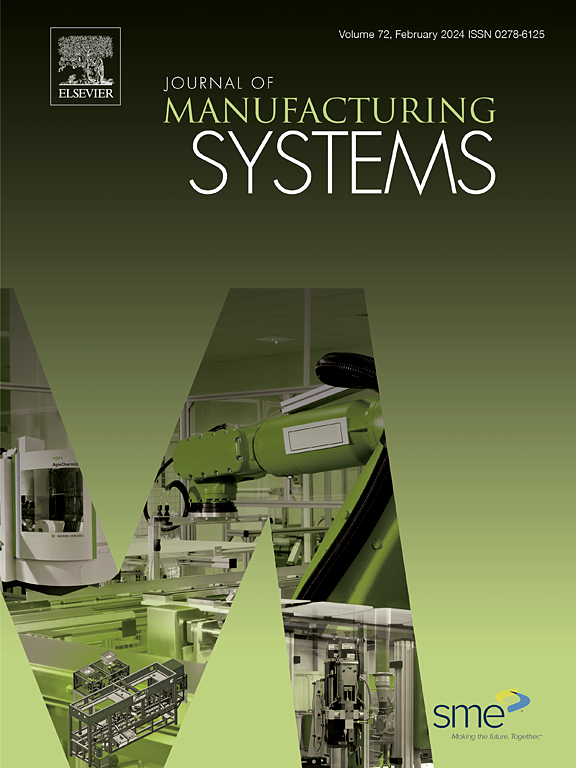ScaloAdaptAlert, a novel framework for supervised anomaly detection in industrial acoustic data, integrating power scalograms, adaptive filter banks, and convolutional neural networks — A case study
IF 12.2
1区 工程技术
Q1 ENGINEERING, INDUSTRIAL
引用次数: 0
Abstract
Acoustic data, as a modality for building data-driven industrial monitoring systems, is particularly notable for its comprehensive insights into both operational and machinery states of a process. However, the effectiveness of existing time–frequency representation (TFR)-based frameworks remains limited in industrial contexts. Originally designed for analyzing human speech and music signals, these frameworks often struggle with the complex, non-stationary, and non-harmonic nature of manufacturing sound data. Addressing these challenges, this paper introduces ‘ScaloAdaptAlert’ (SAdAlert), a novel, domain-agnostic framework for deriving time–frequency representations from industrial acoustic data. SAdAlert employs wavelet transform to capture both local and global spectral characteristics, uses Gaussian filter banks in an adaptive fashion to identify spectral features at both low and high frequencies, and applies max-pooling to reduce temporal dimensionality. The presented framework effectively preserves dominant information of the acoustic data while isolating its relevant features in noisy settings and addressing class imbalance. Our method, validated on a real-world anomaly detection dataset from a robotic screwing process, demonstrates superior performance compared to state-of-the-art deep learning models and conventional TFR methods. This validation underscores SAdAlert’s potential to advance industrial acoustic monitoring by providing a robust, efficient, and highly adaptable tool for analyzing complex industrial acoustic data.

求助全文
约1分钟内获得全文
求助全文
来源期刊

Journal of Manufacturing Systems
工程技术-工程:工业
CiteScore
23.30
自引率
13.20%
发文量
216
审稿时长
25 days
期刊介绍:
The Journal of Manufacturing Systems is dedicated to showcasing cutting-edge fundamental and applied research in manufacturing at the systems level. Encompassing products, equipment, people, information, control, and support functions, manufacturing systems play a pivotal role in the economical and competitive development, production, delivery, and total lifecycle of products, meeting market and societal needs.
With a commitment to publishing archival scholarly literature, the journal strives to advance the state of the art in manufacturing systems and foster innovation in crafting efficient, robust, and sustainable manufacturing systems. The focus extends from equipment-level considerations to the broader scope of the extended enterprise. The Journal welcomes research addressing challenges across various scales, including nano, micro, and macro-scale manufacturing, and spanning diverse sectors such as aerospace, automotive, energy, and medical device manufacturing.
 求助内容:
求助内容: 应助结果提醒方式:
应助结果提醒方式:


